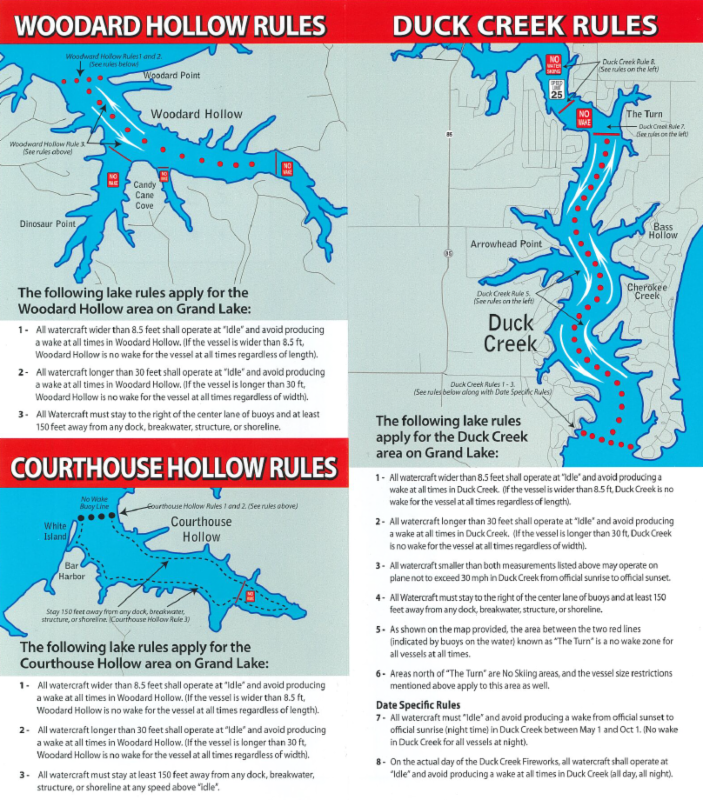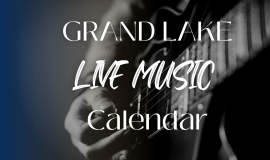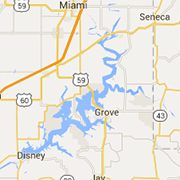September 4 GRDA Weekly Update

Changes Coming Soon


Did You Know?

Bernice Bridge Incident Investigated

GRDA officers and Bernice Fire Department personnel searched the area using sonar, drag bars, deployed divers and canvassed the area. Officials continued the search throughout the morning, but nothing unusual was found. The investigation into this incident continues.
GRDA Police responded to the Highway 85A bridge over Horse Creek on Grand lake last Thursday shortly after 7 AM on a report of a possible missing person near the water. A fisherman was in a boat near the pedestrian walkway on the south side of the bridge when he reportedly saw a female standing on the walkway. The witness turned away momentarily and when he looked back towards the bridge, he did not see the female on the walkway and he feared she may have fallen or jumped in the lake, so he called police.

Adobt-The-Shoreline

Safety Education Programs

Police Respond to Weekend Drowning

GRDA Officer Hendricks, below, interviews several people involved in the rescue on Saturday.
|
|
VHF-FM Radio

Lake Rules

Life Jackets Save Lives

Updates on the Web

Did you not receive our latest GRDA Update? Do you have a friend that wants to see our Updates? You can now go to our website at GRDA.com to view the latest edition of GRDA Police Updates. Go to the Lakes/River tab, open the GRDA Police tab and click on the GRDA Police Update for the latest version of our email release.
Boating Tips From the GLSPS

NAV TIME

- Channel 6
- Channel 9
- Channel 13
- Channel 16
- Channel 22
- Channels 24-28
- Channels 68, 69, and 71
By the Book

Mahogany & Chrome Boat Show

Rush For Brush 2018







